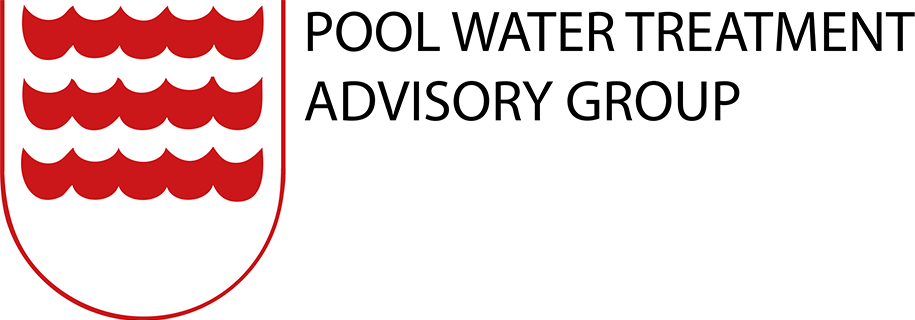This note supplements the PWTAG technical note TN46 Swimming pool technical operation after Covid-19 shutdown. It clarifies issues around pool capacity, ventilation and pre-swim hygiene.
How many bathers?
In the first week or two of pools reopening during the Covid-19 pandemic, there has been some confusion about how many bathers pools should allow. There have been references in the media and elsewhere to one bather for every three square metres (3m2) of pool area. This is certainly a traditional basic safety limit, and relates to turnover and other aspects of the pool plant. But it does not reflect the amount of distancing needed for safe bathing now. Nor does it take into account the different types of swimming pool activities.
In theory one bather per 3m2 would allow about 1.7m between bathers – but only if they were equally spaced and static. This figure should be used only as the basis for the initial risk assessment. In practice when you bring other factors into account, in order to maintain a safe distance between bathers, a minimum of 6m2 is recommended for each bather. This might apply to more or less predictable movements such as lane swimming. For some activities, however, where bathers are able to move freely throughout the pool, at least 9m2 is recommended. Parents and children swimming together is an example. There is comprehensive guidance on this, including its detailed management, on the Swim England website.
Ventilation
Ventilation has always been critical for safe and comfortable pool hall conditions. PWTAG’s guidance (in the book, Swimming Pool Water and its Code of Practice) is that pool ventilation systems should provide at least 12 litres per second of fresh air for each occupant of the pool hall – bathers, staff and spectators.
During the pandemic – especially given the significance of Covid-19 transmission by respired aerosols as well as larger droplets – operators should aim for 20 litres per second per occupant as a better target. The best possible scenario is not to recirculate air and to ensure there is 100% fresh air within the pool hall.
Pre-swim hygiene
A shower using soap before swimming has always been and still remains a firm PWTAG recommendation. It means the disinfectant residual in the pool is not wasted on pollution introduced by bathers. And unwanted, irritant disinfection byproducts are minimised. This is obviously even more important during the current pandemic. But some pool operators are following government advice to encourage users to shower and change at home, to relieve pressure on their changing facilities. That should work but only if showering is undertaken immediately prior to the journey from home to the pool, and it is fairly brief and doesn’t involve picking up dirt or sweat. Even then, they would need to use the changing facilities after the swim, or get home somehow wearing a wet costume.
Managing the changing facilities really ought to be as much part of the picture as managing the pool water. Showering immediately before using the pool, using soap, is an important routine. At the other extreme, swimming after gym work, without showering in between, should be actively discouraged.
As part of the general management of the building, users should be provided with the facilities to wash or otherwise disinfect their hands as they arrive and as they leave. Toilet facilities should provide the opportunity for children especially, to use them, suitably distanced, at intervals during their swim.
- Subject: Covid-Safe Pool Operation – An Update
- Date: August 2020
- Download Print Version: Technical Note 46-B PDF
